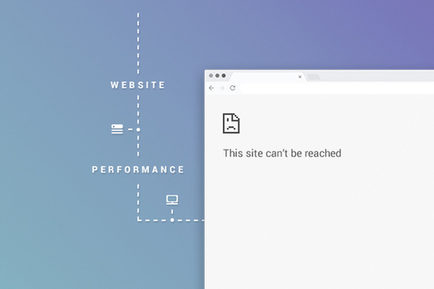Analytics and Performance
Brand marketers have a clear advantage over our predecessors of 20, 10 or even five years ago: we can measure just about anything.
But just because we can, doesn’t mean we should.
Today’s more powerful, all-encompassing marketing measurement tools make it easier for you to assess your campaigns, yet they also put more pressure on you to second-guess your own choices and processes, while creating an expectation that every tactic must have a measurable return on investment.
These four myths about marketing measurement can send your strategies and ultimate campaign performance off the rails.
1. I can’t make important decisions without a large amount of data.
Big data is a big buzzword, but it isn’t the key to everything. Often, what you really need is small data (or smart data) — laser-focused data that addresses only what you have to know and eliminates all of the other noise. Instead of trying to measure everything (a losing proposition), figure out your key performance indicators (KPIs) and focus only on them.
2. Click-through rate (CTR) is the best way to measure the effectiveness of my campaign.
There is no such thing as a single-most important metric that will work for every marketer, every brand, every campaign, etc. Instead, your specific marketing objectives should drive your measurement framework. Do you want to generate awareness or build leads? Do you want your audience to learn something or do something? Take action now or later? Buy a product or watch a video? The answers to these questions should inform your KPIs.
3. Data will answer all of my questions.
Data is a critical component, but it isn’t the only component. Data should serve as a benchmark — information that helps you determine what you want to do tomorrow based on what’s happening today. Meanwhile, marketing deals with the psychology of people, so it needs to have a little bit of magic, too. In fact, marketing is most effective when we find that sweet spot between the head and the heart. Call it data-driven storytelling: the best campaigns are informed by facts and feeling, not one or the other.
4. The marketing strategies that worked last year will also work this year.
Particularly in the digital age, a whole year brings lots of changes; today, change can happen within a month or even a week. That’s why it’s important to test and push boundaries. Don’t just do what feels safe. Set clear goals. Take some chances. You may not always succeed, but failure is a valuable tool. Learn from the wins and the misses, and optimize your campaign.
These four myths about marketing measurement keep many smart, well-funded organizations from achieving real, long-lasting success. If you really want to protect your marketing budget and defend your approach, start by killing these myths for good.


